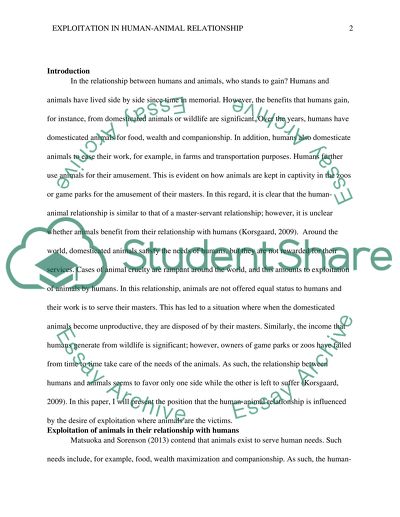Cite this document
(Exploitation in Human-Animal Relationship Coursework, n.d.)
Exploitation in Human-Animal Relationship Coursework. https://studentshare.org/social-science/1700637-any-topic-writeraposs-choice
Exploitation in Human-Animal Relationship Coursework. https://studentshare.org/social-science/1700637-any-topic-writeraposs-choice
(Exploitation in Human-Animal Relationship Coursework)
Exploitation in Human-Animal Relationship Coursework. https://studentshare.org/social-science/1700637-any-topic-writeraposs-choice.
Exploitation in Human-Animal Relationship Coursework. https://studentshare.org/social-science/1700637-any-topic-writeraposs-choice.
“Exploitation in Human-Animal Relationship Coursework”. https://studentshare.org/social-science/1700637-any-topic-writeraposs-choice.


